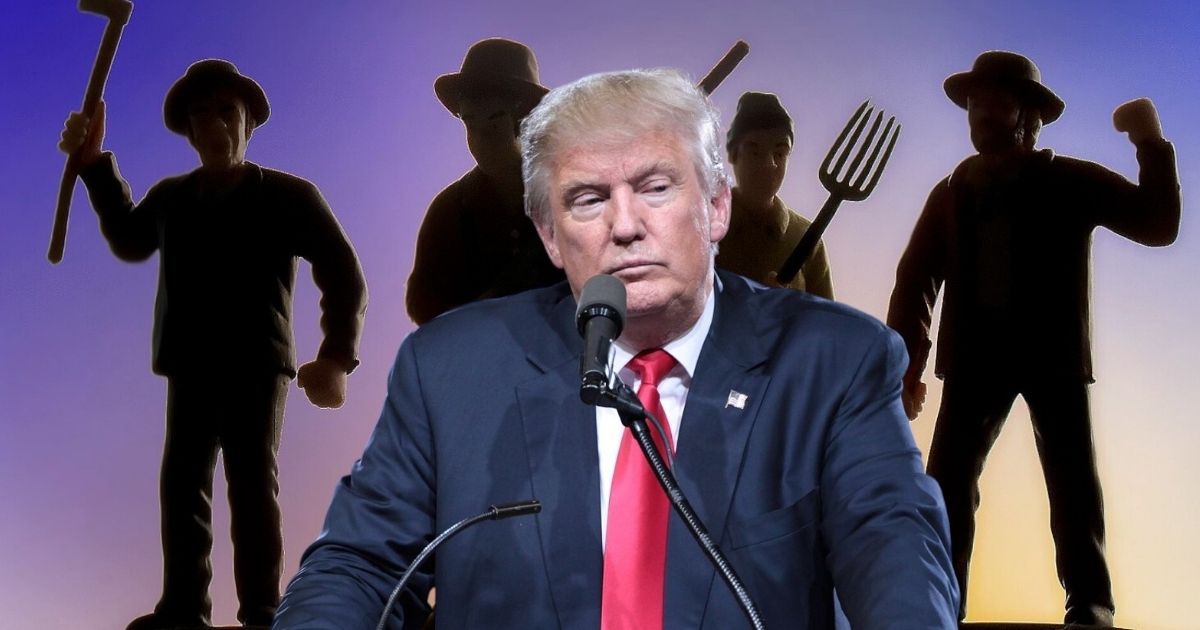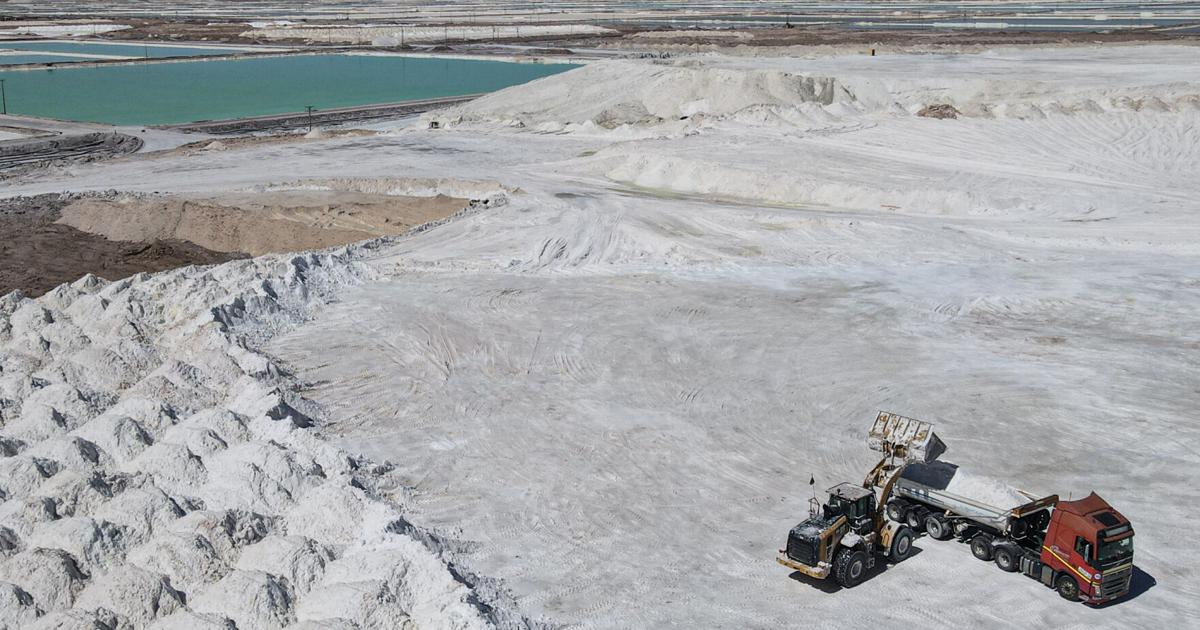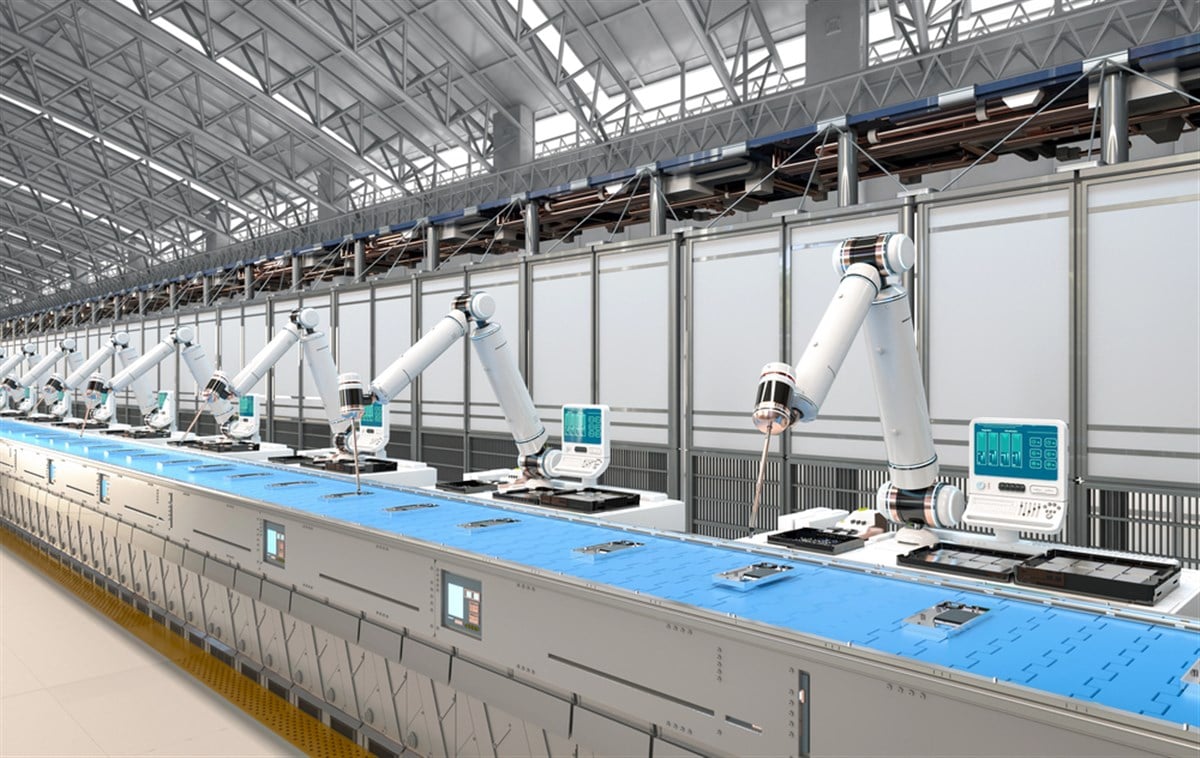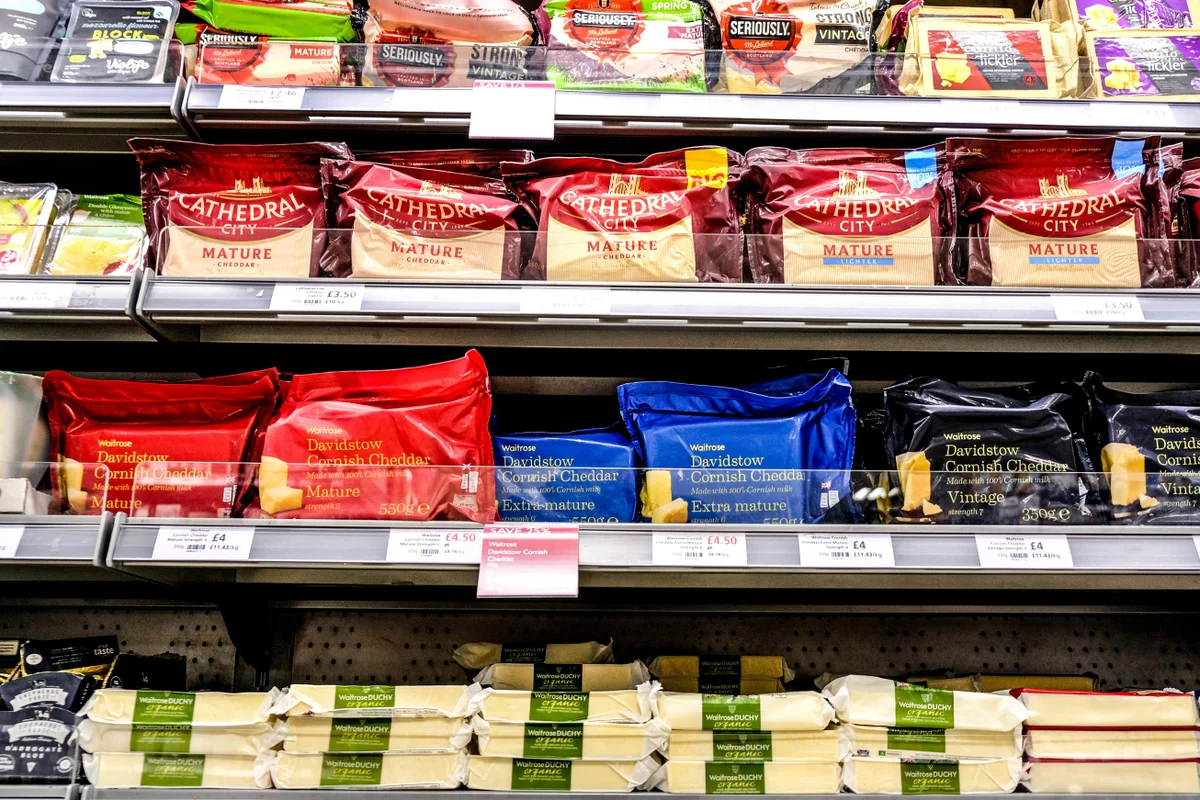By Frank Yemi,Robert Couse-Baker/wikicommons; Gage Skidmore/wikicommons
Copyright inquisitr

Fox Business put a spotlight on America’s beef problem this week, highlighting how a perfect storm of drought, shrinking herds, and lingering Trump trade tariffs is pushing up prices at the grocery store while squeezing farmers in the heartland.
On Monday’s Varney & Co., host Stuart Varney brought in correspondent Kelly Saberi to break down the numbers from Maple Park, Illinois, where cattle rancher Mike Martz gave a ground-level look at what’s driving the spike.
“Beef prices are higher. I got that. How much more are we actually paying?” Varney asked via Mediaite.
Saberi didn’t sugarcoat it. “Yeah, you’re really going to be treating yourself at the grocery stores, too,” she said. “Take a look at this for ground beef. Prices are up about 14% year over year. Steaks are up 17%.”
The main culprit, Martz explained, is a historic drought that devastated grazing land years ago. Texas, Oklahoma, Kansas, and much of the Southeast lost grass and forage, forcing ranchers to sell off their herds. The result: the lowest cattle inventory in the United States since 1951. With fewer cows, there’s less beef, and prices are climbing fast.
But drought isn’t the only issue. Trump-era tariffs have also left a lasting mark on farm economics, and Martz made clear that producers are still feeling it. Grain prices dropped because of the tariffs, he explained, while input costs rose. For operations like his, which combine cattle and crops, that’s created a lopsided situation: the cattle side is making money, but the crop side is losing it.
“It’s important because some of the price drop we’ve seen on the grain side came from the tariffs, and we’re seeing input costs higher because it came from the tariffs,” Martz said. “Cattle are making money; the crops are going to lose money. So hopefully we can average that together, but we need some support.”
That kind of balancing act is becoming more common across U.S. farm country. With the herd at historic lows, rebuilding takes time, typically several years, and many farmers are relying on whatever profitable segment they have left to keep their operations afloat. Meanwhile, consumers are feeling the squeeze too, with grocery bills creeping higher month after month.
There’s also a twist that no one saw coming a few years ago: lifestyle drugs like Ozempic may be indirectly shifting demand. Saberi noted that some farmers believe Americans are eating more meat as part of their changing diets, adding even more pressure to already tight supplies.
In short, it’s a classic supply-and-demand crunch, made worse by trade policy. Farmers are stuck between rising costs and unpredictable export markets, while shoppers are wondering why a simple steak dinner is suddenly a luxury.
Fox’s segment painted a vivid picture of how global forces and old policy battles are still rippling through grocery aisles and rural communities alike. As Martz’s story shows, for many farmers, tariffs and drought aren’t abstract issues, they’re the difference between profit and loss. And for consumers, the end result is the same: beef that’s getting more expensive, with no quick fix in sight.



